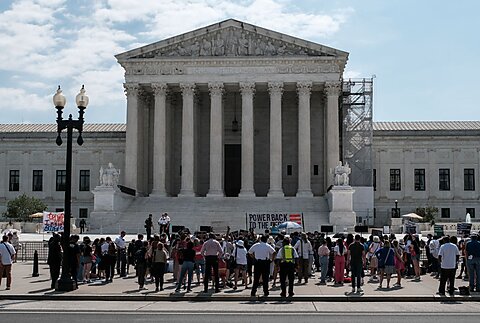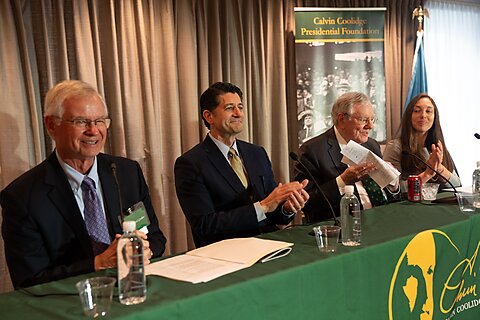In the Wall Street Journal, I had a letter to the editor published on June 26 regarding the rise of electronic payments and the fall of cash.
In the article I responded to, Oyin Adedoyin pointed out that businesses have been moving away from cash for a variety of reasons. For example, tapping a card can be much faster than counting out change. Likewise, not having to store large sums of cash on‐site can reduce the risks of theft (both internal and external). However, as I pointed out in my letter, it’s also worth noting how much the government itself discourages cash use.
For its part, the Internal Revenue Service goes to great lengths to avoid accepting cash. Elsewhere, the law requires citizens to report one another when making cash payments over $10,000. Failure to comply can result in a $25,000 fine or five years in prison. Then there is the Bank Secrecy Act regime to contend with—a regime that broadly labels businesses as “financial institutions” and requires them to report transactions as well.
The list goes on, but the point is simple: cash is becoming less common for many reasons, but we shouldn’t lose sight that some of those reasons are decisions made by the government itself.









